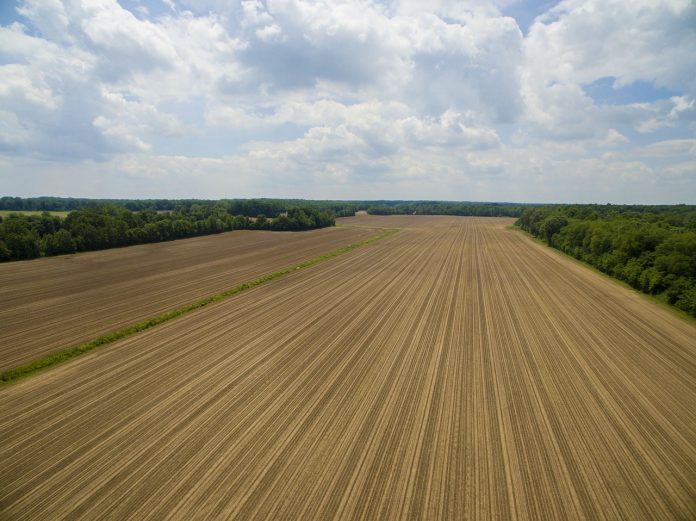When it comes to fertility, among the most important factors influencing plant growth and stand life is soil pH. Maintaining proper soil pH levels is critical to legume growth in pastures, soil microbial activity and micronutrient availability.
Soil pH identifies the active acidity, or alkalinity, of a soil solution. The pH measurement is expressed as a measurement of hydrogen ion activity or concentration in a solution. The pH scale is from one to 14. A neutral solution of soil has a value of seven.
The ability of lime to neutralize pH is measured by the Effective Neutralizing Power, ENP. The effective neutralizing power of lime is expressed on the basis of pounds per ton, as a percentage of the fineness index, multiplied by the total neutralizing power and percentage of dry matter.
Buffer capacity (buffer pH) or cation exchange capacity of the soil best explains differences in lime requirements. The buffer capacity of a soil reflects the resistance to a change in pH. The amount of clay and organic matter influences buffer capacity.
This simple notion explains why soils of the same pH may have a different lime requirement. For instance, much more lime may be required to raise the pH of a clay soil than will be required to raise the pH of a sandy soil.
Liming materials vary significantly in terms of purity, fineness and moisture. In addition, materials will vary based on calcium and magnesium content. These factors help us select the most economical source of lime and determine the application rate of lime. Fortunately, state law, sections 905.51 to 905.66 of the Ohio Revised Code, requires lime manufacturers to label lime products. The most important item on the lime product label for determining application rate and value is the ENP.
Lime application is usually provided on the soil test recommendation report as a calcium carbonate equivalent basis, CCE, and is specific for the crop, soil, lime history and tillage depth indicated on the test submission form. This means that we must adjust the application of the liming material up or down based on ENP or CCE.
The application of agricultural lime to agricultural fields and pastures is an adjustment that takes time to react and will take time to lower once adjusted. For this reason, lime applications are generally applied once every three to four years.
In terms of fertility needs, lime should rank high on the priority list. Contact your local Ohio State University Extension office for a soil test kit and assistance in the interpretation of your soil test results.













